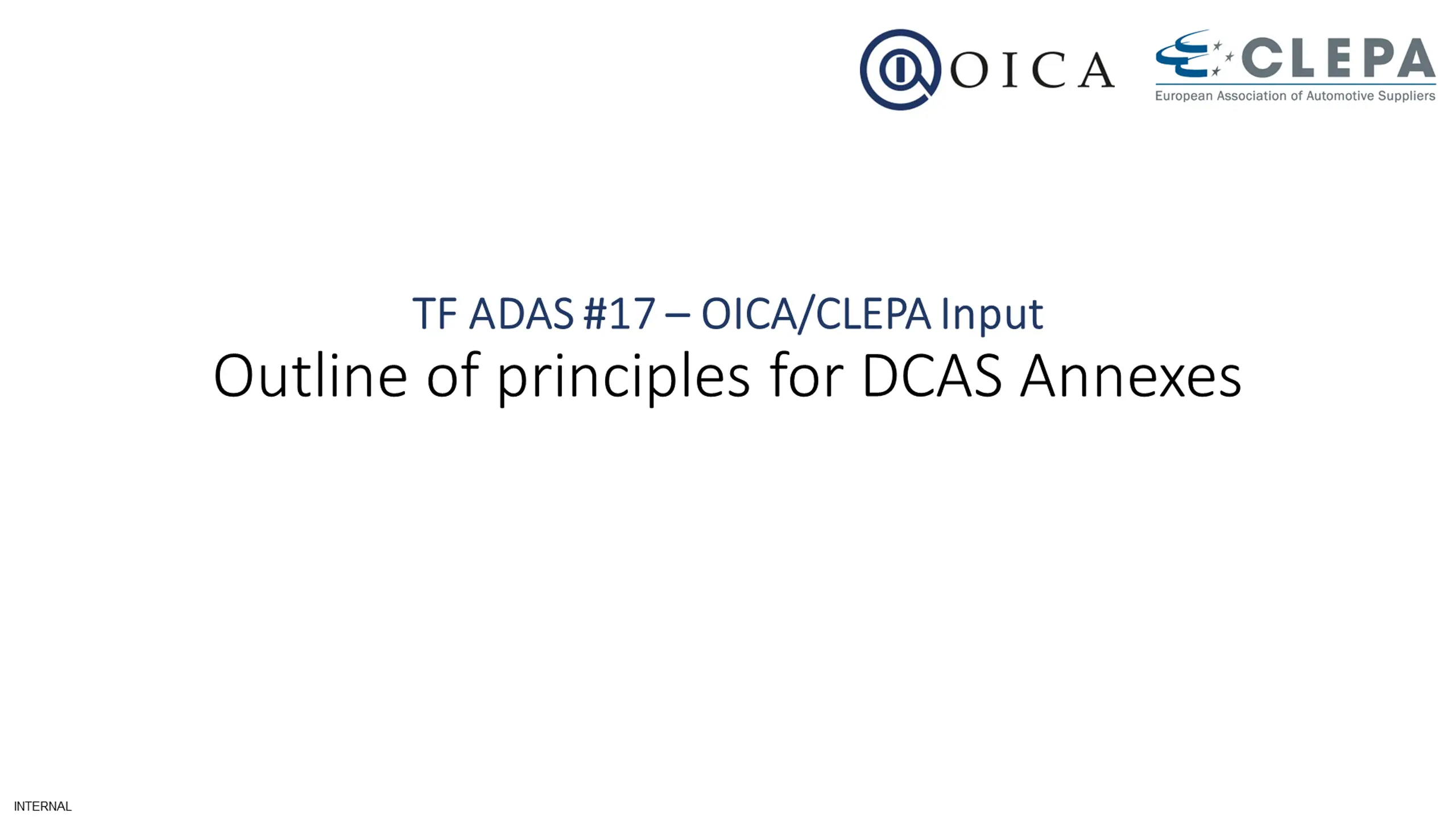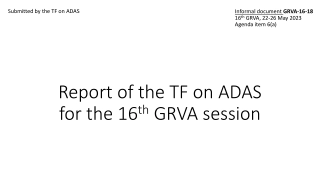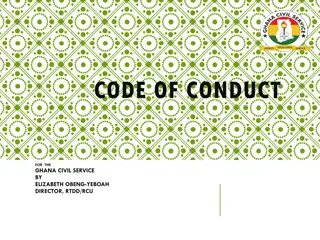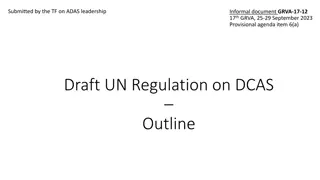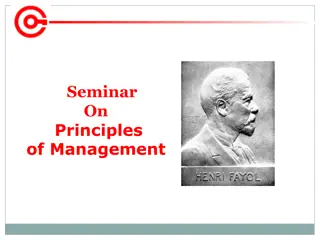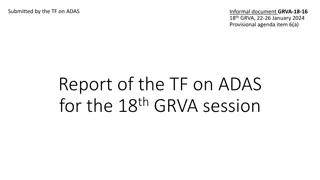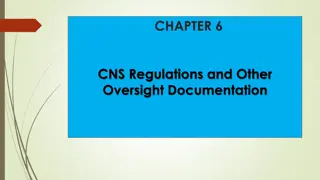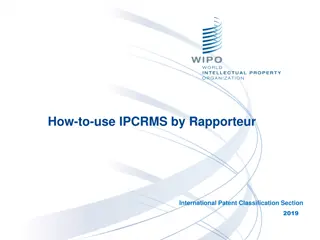Outline of principles for DCAS Annexes
The principles for testing and monitoring different categories of Driver Cooperative Adaptive Systems (DCAS) features, including those slightly beyond UN-R79 requirements and those significantly expanding assistance. It also addresses the need for a standardized CEL Annex for DCAS based on UN-R79 Annex 6, and highlights the differences between DCAS and Automated Driving Systems (ADS) in terms of monitoring and operation.
Download Presentation

Please find below an Image/Link to download the presentation.
The content on the website is provided AS IS for your information and personal use only. It may not be sold, licensed, or shared on other websites without obtaining consent from the author.If you encounter any issues during the download, it is possible that the publisher has removed the file from their server.
You are allowed to download the files provided on this website for personal or commercial use, subject to the condition that they are used lawfully. All files are the property of their respective owners.
The content on the website is provided AS IS for your information and personal use only. It may not be sold, licensed, or shared on other websites without obtaining consent from the author.
E N D
Presentation Transcript
TF ADAS #17 TF ADAS #17 OICA/CLEPA Input OICA/CLEPA Input Outline of principles for DCAS Annexes INTERNAL
DCAS Testing Test section should acknowledge that there are different categories of DCAS features, from those very slightly beyond UN- R79 to those that significantly expand the assistance. Features only slightly beyond UN-R79: Testing should address the aspect that is expanded compared to UN-R79 Dedicated test case similar to UN-R79, e.g. to confirm max. lateral acceleration Features that expand the assistance significantly beyond UN-R79: Test case description should leave sufficient flexibility to adapt the test case to the system boundaries Testing should cover different operating points within the system boundaries Similar to UN-R157: 4.7. Lane Change 4.7.1. The test shall demonstrate 4.7.2. The test shall be executed at least: (a) (b) Different requirements are applicable to different types of DCAS features, this should be reflected by the test cases. Compliance with each requirement of the Regulation should be demonstrated by at least one representative test Avoid repetition of core regulatory requirements in the test Annex to maintain single source principle Public road tests should be a tool for the Technical Service to get an overall idea of the system s behavior Not everything that can be demonstrated on public roads should be required as part of public road testing INTERNAL
CEL Annex There are several different CEL Annexes currently being used Basic CEL in UN-R13/13H UN-R79 (also used in UN-R152, ) UN-R157 (amending UN-R79 for ALKS) EU ADS / VMAD (Audit for automated driving with unrestricted ODD and functional scope) DCAS should not introduce another version of audit requirements -> how can we best avoid this? CEL for DCAS should be based on an CEL Annex that was drafted for driver assistance and not automated driving Proposal for DCAS: Use UN-R79 Annex 6 as basis Carefully review the need to carry over any additional audit requirements from e.g. UN-R157 and decide on the best suitable structure. INTERNAL
Monitoring DCAS operation DCAS and ALKS/ADS are fundamentally different systems, therefore ALKS DSSAD/ADS ISMR requirements cannot be directly transferred to DCAS. ISMR relevant differences between DCAS, ALKS and ADS A DCAS system is designed on the basis of completely different principles than an ADS There is no question who was in charge of the driving task with DCAS, as the responsibility always remains with the driver no DSSAD like requirements needed DCAS reaching its boundary conditions and the driver responding to this is normal system behavior no need to document when/how often DCAS reached its boundary conditions /failures occurred DCAS monitoring can only be based on data the vehicle can generate itself, as DCAS vehicles are not as prominent as ADS Just because there was an accident with a DCAS vehicle does not mean something is unsafe and needs responding to -> reporting does not need to be as short-term as for ADS First of all, the purpose of monitoring DCAS should be defined, to differentiate it from other measures already in place: Accident reconstruction: UN-R160 (EDR) Compliance with requirements in the field: market surveillance Determining driver engagement with the driving task (similar to UN-R157 DSSAD) -> out of scope for a L2 system INTERNAL
